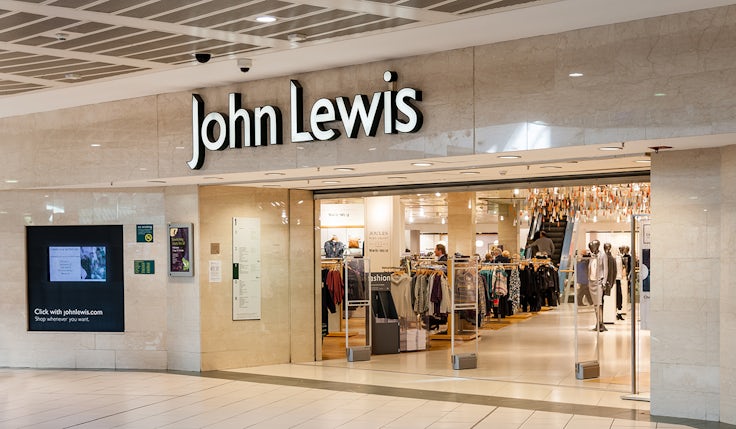Retailers are deploying ‘murky’ loyalty pricing practices, says consumer watchdog
Which? says it has found some evidence of loyalty pricing examples that “looked like an outright rip off”, as it investigated how retailers are using the mechanism.
 Consumer group Which? says it has found evidence of “concerning membership pricing practices” after conducting research into retailer loyalty schemes. These “dubious” practices mainly involved deals not being “as good as they appear”.
Consumer group Which? says it has found evidence of “concerning membership pricing practices” after conducting research into retailer loyalty schemes. These “dubious” practices mainly involved deals not being “as good as they appear”.
Exclusive member pricing for loyalty members has been increasingly popular as a promotional mechanism from retailers. Many of the major supermarkets, including Tesco, Sainsbury’s and Morrisons, as well as other retailers like Boots and Superdrug, use the model. The Competition and Markets Authority (CMA) is currently reviewing loyalty pricing in the grocery sector.
A Which? survey finds over half (55%) of consumers believe non-member prices are higher than the usual selling prices. This may mean the member savings appear better than they actually are. The consumer group launched research into how loyalty pricing is operating.
It found examples of cases where prices were raised for a relatively brief period and then went on membership pricing offer.
For example, it found a case at Superdrug where an Olay product was priced at £71.98 for non-members, while for members it was £59.99. However, this product was only priced at the non-member price of £71.98 for 13 days, and before that it was £35.98 for everyone.
Competition watchdog ‘unlikely’ to find supermarket loyalty pricing is misleading consumers
Similarly, at Boots, an electric toothbrush was listed at a non-member price of £400, while the member price was £150. This product was only priced at £400 for 13 days before, prior to that it cost £150 for everyone.
There were also examples from the grocery sector where the non-member price comparison had only been in place for a short period of time before the loyalty offer was introduced. For example, in Tesco a pack of Stella Artois had only been at the non-member price for seven days before the loyalty offer was introduced. Which? also cited similar examples from Sainsbury’s and Morrisons.
The consumer watchdog also found examples of the non-member comparison price being higher than that in other supermarkets. On examples where the non-member price had been in place less than half the time over the previous six months, Sainsbury’s prices were 13% higher than Waitrose’s, while Tesco’s prices were 10% higher than Waitrose’s. This is surprising given Waitrose is regularly the most expensive supermarket in Which?’s monthly price comparison. It means non-member prices in Tesco and Sainsbury’s are higher than those in Waitrose.
For example, Birds Eye chicken nuggets were priced at £5.50 for non-members at Sainsbury’s and £4 for members. These were £5.25 at Waitrose and only £4 at Asda for everyone on the same day.
There were some questionable non-member prices and some examples that looked like an outright rip-off.
Ele Clark, Which?
“We looked at the pricing history of thousands of products and found that, while the majority of discounts were not misleading, there were some questionable non-member prices and some examples that looked like an outright rip-off,” says Ele Clark, Which? retail editor.
“Meanwhile some products were always, or almost always, on loyalty promotion, making it difficult to spot a genuine deal.”
The CMA has been investigating loyalty pricing in the grocery sector since January. In July, it provided an update on that work. One of the areas that the CMA has been investigating is whether “inflated” non-loyalty prices are likely to be misleading consumers. This would act to make loyalty pricing “misleadingly attractive”.
While the CMA’s analysis is ongoing, it said last month it is “unlikely to identify widespread evidence of loyalty promotions that mislead shoppers in this way”.
However, the findings from Which? today do suggest some evidence of non-loyalty prices being higher for a short time before the loyalty offer. The consumer group called on the CMA to “closely monitor loyalty pricing practices across key consumer sectors”.






